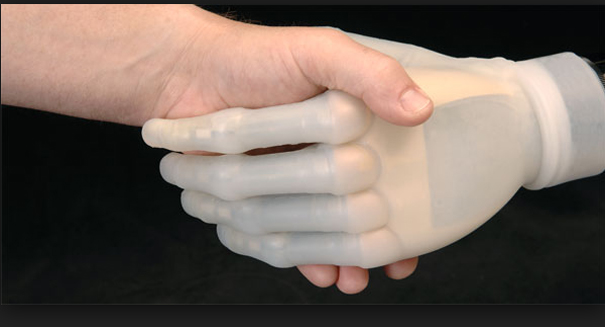-
Tips for becoming a good boxer - November 6, 2020
-
7 expert tips for making your hens night a memorable one - November 6, 2020
-
5 reasons to host your Christmas party on a cruise boat - November 6, 2020
-
What to do when you’re charged with a crime - November 6, 2020
-
Should you get one or multiple dogs? Here’s all you need to know - November 3, 2020
-
A Guide: How to Build Your Very Own Magic Mirror - February 14, 2019
-
Our Top Inspirational Baseball Stars - November 24, 2018
-
Five Tech Tools That Will Help You Turn Your Blog into a Business - November 24, 2018
-
How to Indulge on Vacation without Expanding Your Waist - November 9, 2018
-
5 Strategies for Businesses to Appeal to Today’s Increasingly Mobile-Crazed Customers - November 9, 2018
1.8-Million-Year-Old Modern Human-Like Hand Bone Found in Tanzania
Paris: A tiny, 1.85 million-year-old bone from the little finger of a human ancestor unearthed in East Africa has revealed the oldest “modern” hand ever found, scientists reported on Tuesday.
Advertisement
The researchers say the ability to develop and use complex tools separates humans from other species, and it not only depends on having a powerful brain, but the dexterity of the hand to accomplish this.
According to researchers involved in the study, this bone doesn’t show any signs of tree-hanging, suggesting that our ancestors could have given up climbing as much as 2 million years ago, setting us on a new evolutionary path.
One is a longer thumb, allowing us to grip more precisely and to open our hands more fully.
The change from earlier to more modern hand shapes may have been more the result of early hominins abandoning a life spent in trees and transitioning to terrestrial living, says study lead author Manuel Domínguez-Rodrigo, a paleoanthropologist at Complutense University of Madrid. For the next 4 million years, they maintained their aspect by dwelling on both the ground and within trees, but eventually, they abandoned their arboreal habitats and lived on the ground instead, allowing for time to bring a straightening of their fingers.
Hominids became bipeds some 6 million years ago, the scientist said.
After the earliest hominins – which includes all members of the Homo genus – began walking on two legs some six million years ago, the hand evolved a longer thumb.
The overall size of the bone is within the range of modern humans and chimpanzees, as it is the case of other hominins except Australopithecus sediba. It was discovered in the Olduvai Gorge in Tanzania, where previous excavations have lead scientists to believe this area was the beginning of humanity. The possible existence of their taller, larger and stronger relatives answers the question as to how.
“I always had trouble understanding how Homo habilis – barely taller than one metre (three feet) – could efficiently hunt animals that big”, Dominguez-Rodrigo said.
Advertisement
The bone was found by an international team in the Olduvai Gorge, the trove where the Leakeys and others made major discoveries about human ancestors over the last century. The debate has long been discussed on whether Homo habilis or Homo erectus were the first to originate the entire discovery.




























